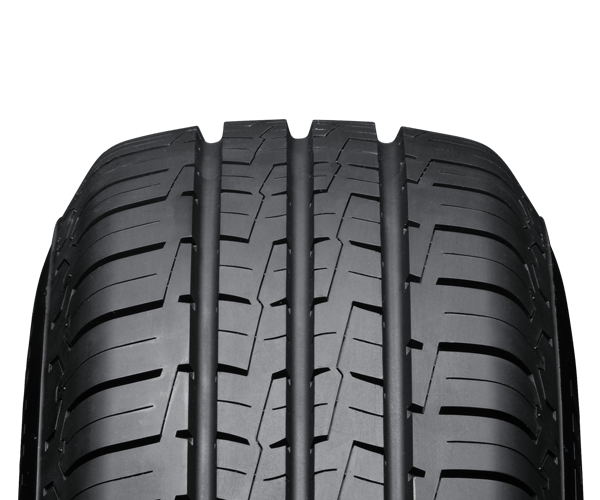
![[Translate to Englisch:] Shoutbox](/fileadmin/_processed_/b/5/csm_bg-tyres-2025-nfz_b002fcba81.jpg)
![[Translate to Englisch:] Beschreibung 1](/fileadmin/_processed_/3/2/csm_RP-530-01_ddc816a8ff.jpg)
Reinforced outer shoulder for excellent handling and impact resistanceThe reinforced outer shoulder and continuous centre ribs ensure excellent handling and high impact resistance in various road conditions. |
![[Translate to Englisch:] Beschreibung 2](/fileadmin/_processed_/8/1/csm_RP-530-02_2bfe984e6c.jpg)
Optimised longitudinal grooves for better cornering stabilityThe optimised arrangement of the longitudinal grooves ensures an optimum contact area when cornering and thus improves driving stability. |
![[Translate to Englisch:] Beschreibung 3](/fileadmin/_processed_/d/4/csm_RP-530-03_022486750b.jpg)
Special rubber compound for high mileage and fuel efficiencySpecially developed rubber compound for optimised wear resistance, high mileage and fuel efficiency. |
![[Translate to Englisch:] Beschreibung 4](/fileadmin/_processed_/3/2/csm_RP-530-04_733b191e95.jpg)
Robust carcass protects against impacts and abrasionThanks to the particularly robust carcass, the sidewalls are optimally protected against impacts and abrasion, which significantly increases the tyre's durability. |
Can I fit this tyre on my car?


The EU tyre label helps consumers to decide in favour of a higher fuel efficiency class for their tyres. This can contribute to large reductions in running costs and emissions. Enhanced wet grip means greater road safety, and details of external rolling noise contributes to a reduction in traffic noise levels.
The actual fuel savings and road safety depend heavily on the behaviour of drivers, and in particular on the following:

Less rolling noise saves fuel and cuts CO2. This property is assigned to classes A to E.

Wet grip is assigned to classes A to E. Wet grip is crucial to safe driving. For instance, the difference between class A and class E braking distances is 18 m.

The label presents the volume in dB and the class A (quieter), B, or C (louder). The noise emitted by tyres affects the total noise levels emitted by the vehicle.

The snowflake symbol confirms that the snow tested tyre keeps within the 3PMSF limits (type approval).